Photographs: Reuters Sagar Mahabaleshwarkar
The live in a fluid world of shifting paradigms. Not so long ago, there were companies selling goods directly to consumers using tools like mailers, catalogues, flyers, postcards, brochures etc where consumers could neither touch the product nor feel it.
This was an era of direct marketing when businesses were driving a specific "call to action", asking the prospective consumers to call a free number or place an order via mail.
Indian market has stood testimony to mighty global brands that have not only confronted their greatest opponents in local brands, but more often than not, bitten the dust. Rootedness, icon status, price points, familiarity or cultural trappings? What makes these desi Indian brands assume cult status?
...
How these Indian brands attained the cult status
Photographs: Pawan Kumar/Reuters
Born to our culture and engraved in our traditions, these brands become part of the folklore and carry their own local story to showcase their evolution.
A reason why legendary Indian brands such as Thums Up, Amul, Nirma, Bajaj and Titan have first withstood invasions and then wrestled to the ground multinational brands like Pepsi, Nestle, Surf, Honda or Timex and the like.
To understand what really makes these home grown-brands brave enough to face up to the onslaught of their foreign competitors and challenge them time and again, let's look at how these icons have evolved over time.
...
How these Indian brands attained the cult status
Photographs: Courtesy, Coca-Cola India
Thums Up: Stealing the thunder
Since 1993, when Parle sold off one its many domestic brands to Coca-Cola, with some passionate investment in terms of branding and communications, the brand Thums Up has not only become an iconic brand, but has given birth to a legacy that is spoken of with unanticipated awe.
With the two legendary taglines -- 'Toofani Thanda' and 'Taste the Thunder', Thums Up wiped out Campa Cola's lifeline.
...
How these Indian brands attained the cult status
Photographs: Courtesy, Wikimedia Commons
Looking back, if you see what Thums Up did successfully was to develop an identity myth and over time, embody it.
The 1980s being an era of the Indian youth, that was rebellious and flaunting in nature, Thums Up believed in showing off its machismo and fitted nicely with the imaginary youth ideology.
...
How these Indian brands attained the cult status
Photographs: Courtesy, Amul
Amul: Utterly competitive
Amul's success story has been more of an inspiring tale rather than a marketing marvel. So what makes Amul such an iconic brand that has been able to cajole the consumers for all these years, with multinationals like Nestle and Kraft making inroads to India?
What lies beneath the catchy lines of its communications revolving around humor is its Indianness that it continues to build upon.
...
How these Indian brands attained the cult status
Photographs: Courtesy, Amul
Amul is not just a desi brand, but a homegrown phenomenon owned by three million milk producers in Gujarat who have enhanced its brand image by unleashing socio-economic revolution in rural India, and in turn by contributing to nation-building.
...
How these Indian brands attained the cult status
Image: Nirma chairman Karsanbhai Patel.Photographs: Rediff Archives
Nirma: Sab ki pasand
Nirma, a tiny outfit that started out in 1969 with just one man hand-making detergent powder and selling it door to door, went on to create a whole new segment in the Indian fast moving consumer goods sector.
Offering "value" at the affordable price tag in place of a foreign label, it became the detergent of many middle-class households, thus moving ahead of Surf.
...
How these Indian brands attained the cult status
While some marketers continued to ignore Nirma as an irrelevant player, Karsanbhai made effective use of guerrilla tactics to make quick strikes and snipes.
While taking the brand off the market, he flooded mass television with its most famous advertising campaign "Nirma, washing powder Nirma/doodh si safedi, Nirma se aaye/rangeen kapda bhi khil khil jaaye/sabki pasand Nirma/washing powder Nirma!" This led to a sudden spike in demand, turning Nirma into the undisputed market leader overnight.
...
How these Indian brands attained the cult status
Photographs: Courtesy, Wikimedia Commons
Gold Flake & Classic: Smoking legends
With every Gold Flake Kings Pack today flaunting a mnemonic, "Honeydew Smooth. For over 100 years", this iconic cigarette brand is proudly celebrating a heritage that only a few global brands can match. Similarly another flagship brand of ITC -- Classic has ridden high on the perfect blend of innovation and imagery and has managed to capture the imagination of the nation.
By way of a consistent positioning based on premiumness that rubbed off on the product, packaging and pricing, Gold Flake defined a way of life. Bringing the right balance of exclusivity and elegance by creating a benchmark image of aspiration and quality, Gold Flake was indeed worth its length in gold.
...
How these Indian brands attained the cult status
Photographs: Courtesy, ITC
Along its history, Gold Flake countered global invasions from Marlboro, Davidoff and Dunhill, by contemporising its marketing, trade and distribution mix to match and surpass international standards.
Behind Classic's immense popularity lies its sheer ability to adapt to changes and consistency in keeping with the times. Positioned as an exclusive brand with a distinct taste, it catered to a section of the society that was westbound, affluent yet grounded to its eastern (Indian) roots.
When international brands like Marlboro and Rothmans entered the Indian market, Classic was agile enough to quickly adapt itself to an offering that was as contemporary as the West in style, yet Indian in its values. Today, Classic in fact, is priced higher than the main international brand Marlboro in India.
...
How these Indian brands attained the cult status
Photographs: Courtesy, Titan
Titan: Changing with time
Titan is not just revered for its timeless heritage but is also known for its constant cutting edge innovations.
How did a market leader with a commanding share react when a sudden array of competing global brands flooded the marketplace, scampering for shelf space?
Especially when the competition includes big, famous and arguably the best names from the world of fashion and technology?
...
How these Indian brands attained the cult status
Photographs: Courtesy, Titan
In the midst of global brands selling watches as style statements and niche fashion accessories, Titan celebrated the ritual and the emotions of gifting in Indian culture.
Titan diversified with its range, introducing mass sub-brands like the Sonata, creating premier collections like the Xylys and HTSE, and catered to women consumers with Raga.
Each brand with a different selling proposition, image and audience, yet bound by a common set of trust, values and culture, that was inevitably Indian.
...
How these Indian brands attained the cult status
Photographs: Rupak De Chowdhuri/Reuters
An unyielding association with a particular time or an unwavering bond with a country is what has offered a positive halo to these brands, building on their appeal and familiarity among a wide audience base.
Their Indian roots empowered the brands with resilience, allowing them to remain attractive and relevant to the consumer years after they came into being. From the looks of it, the Indian identity is finally being celebrated.
Being desi was never so cool.
The author is national creative director, Bates Asia.

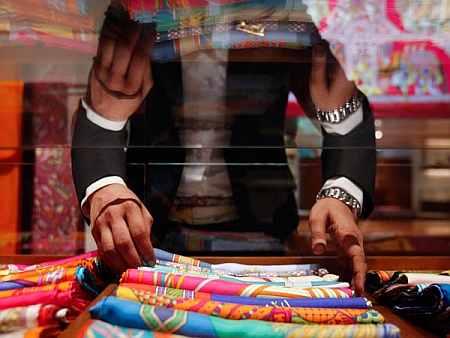

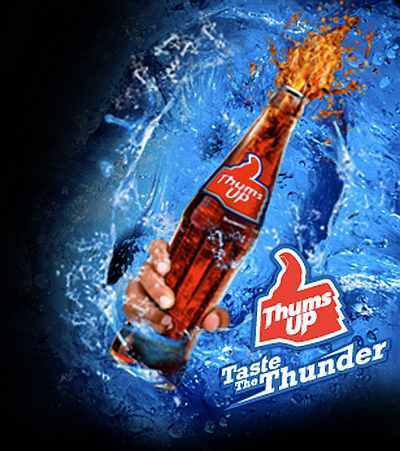
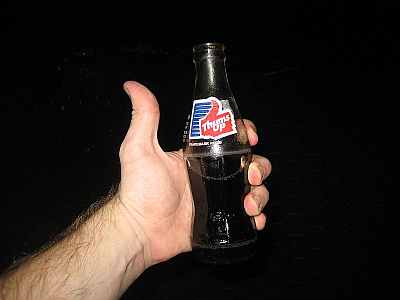

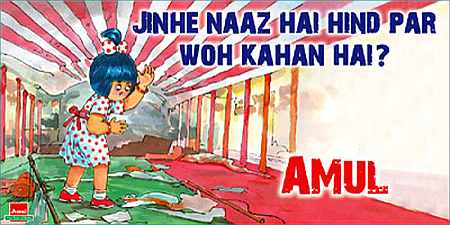
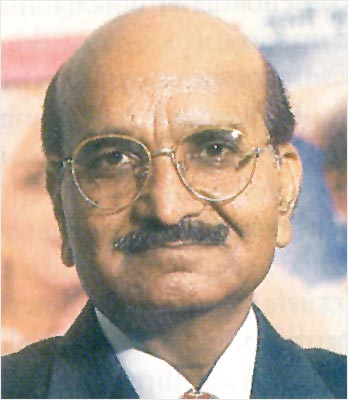
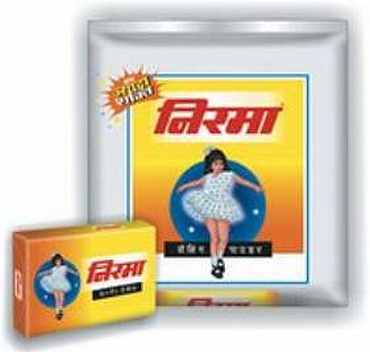

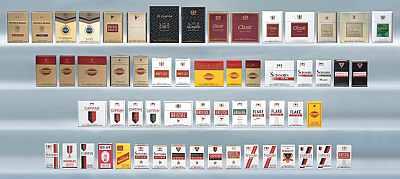




article